The entire world is in full medical emergency due to the coronavirus. People must stay indoors to try to contain the CoVid-19 infections. Many companies have stopped all activities. Governments have been planning measures to deal with the crisis that is rapidly spreading to the economy of the most affected countries. In this horrible scenario we all are facing every day there are some small electronic gadgets that can monitor our lungs health, and relief some of the stress and fear that all of this is undeniably bringing into our lives. They are called oximeters and they are flying like hotcakes these days. Try calling a city pharmacy to ask if they have an oximeter or pulse oximeter and the answer will be probably “no”.
An oximeter is an instrument that measures the amount of oxygen in the blood, thus it can help understand if the lungs are working well and if the fever you may have could be a symptom of CoVid-19. The tool consists of tweezers connected to a box that are applied to a finger. It is not an invasive operation, and it can also be used by anyone easily in the home and not only in an medical and hospital setting.
Together with masks and hand disinfectants, the oximeter has nowadays become the most coveted health tool. In the current emergency situation it can actually be very useful both to those already affected by Coronavirus, but are not so ill as to be hospitalized, and to those who have a fever and fear that they are infected with the CoVid-19 virus and have not yet been tested for its presence.
CoVid-19 attacks the deep airways and that is what can cause dangerous atypical pneumonia, an infection that inflames your lungs’ air sacs. Doctors ask those in solitary confinement at home to monitor any breathing difficulties, since it could be a prelude to an aggravation and make an hospitalization necessary.
The oximeter is an additional means that can help monitor your health. With the oximeter you can measure peripheral oxygen saturation (SpO2) that is not always identical to the more accurate reading of arterial oxygen saturation (SaO2) from arterial blood gas analysis, but the two are sufficiently correlated and then the safe, convenient, noninvasive, inexpensive pulse oximetry method is a good proxy for measuring oxygen saturation in clinical use and through it you can reliably check how the oxygenation of the blood is going.
The arterial oxygen saturation is a relative measure of the concentration of oxygen that is dissolved or carried in arterial blood as a proportion of the maximal concentration that can be dissolved in it. Values above 95% indicate that the lungs are working properly. On the other hand, values less than 95% mean that there is a reduced presence of oxygen in the blood, that is an hypoxemia condition. In other words the gaseous exchanges between blood and atmosphere taking place at the level of the air cells are not occurring in a normal and, above all, a sufficient way. This state brings difficulty breathing, pneumonia may then occur and hospitalization may become necessary.
There are rumours and some confirmations on the possible insertion of sensors to control oxygenation of the blood even on the new Apple Watch Series 6 that will arrive on the market in the autumn.


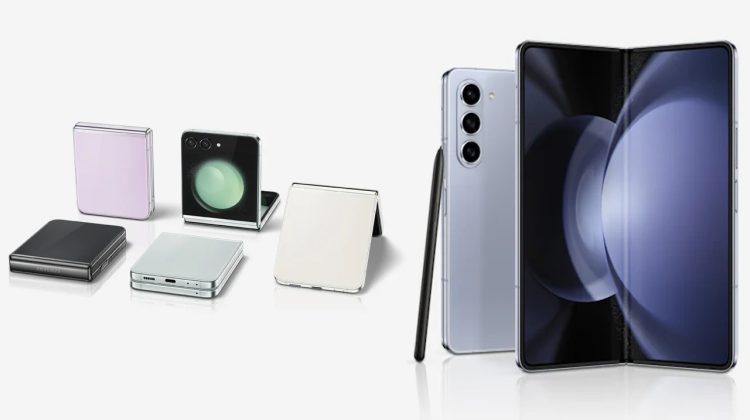


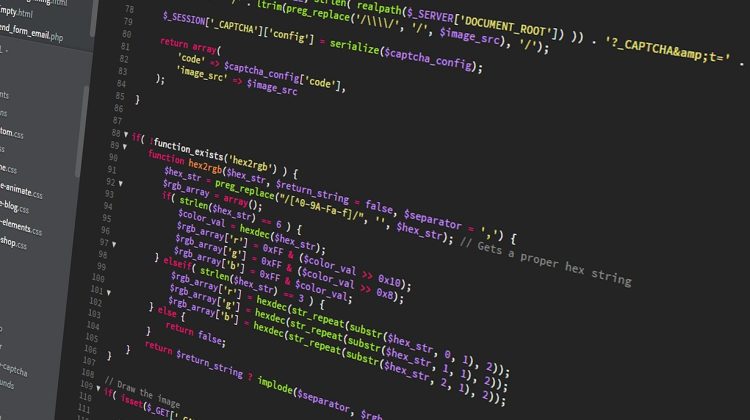
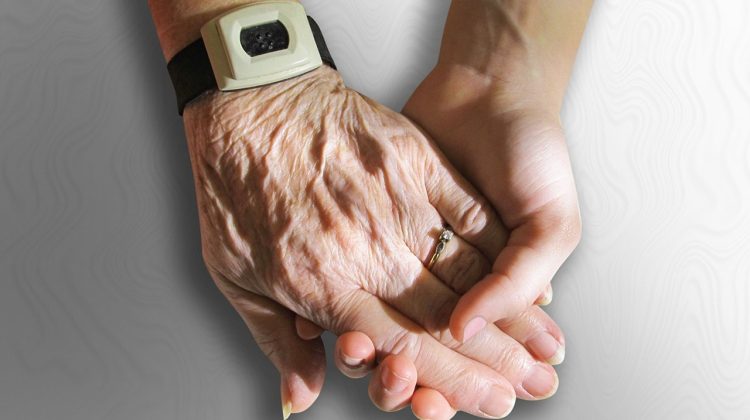
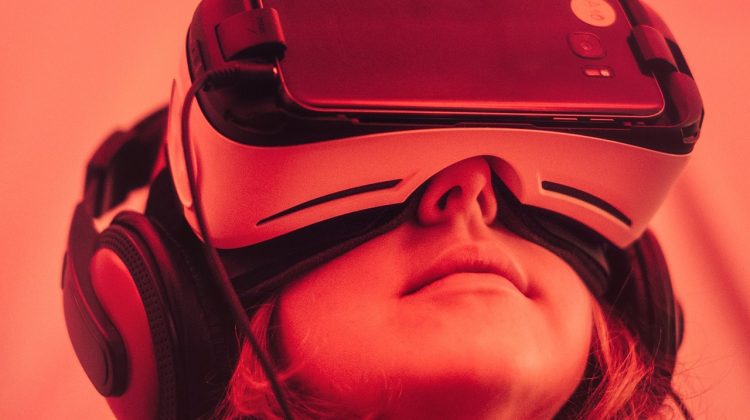
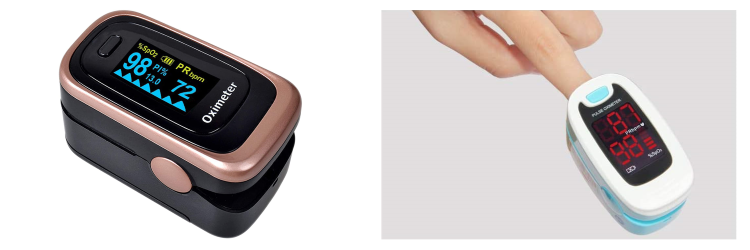
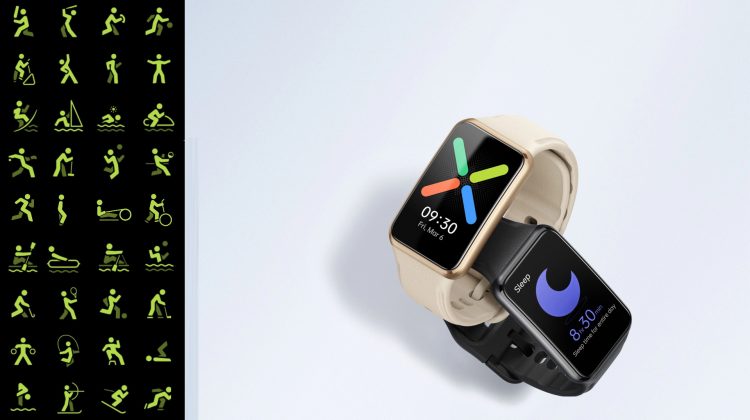
No Comment